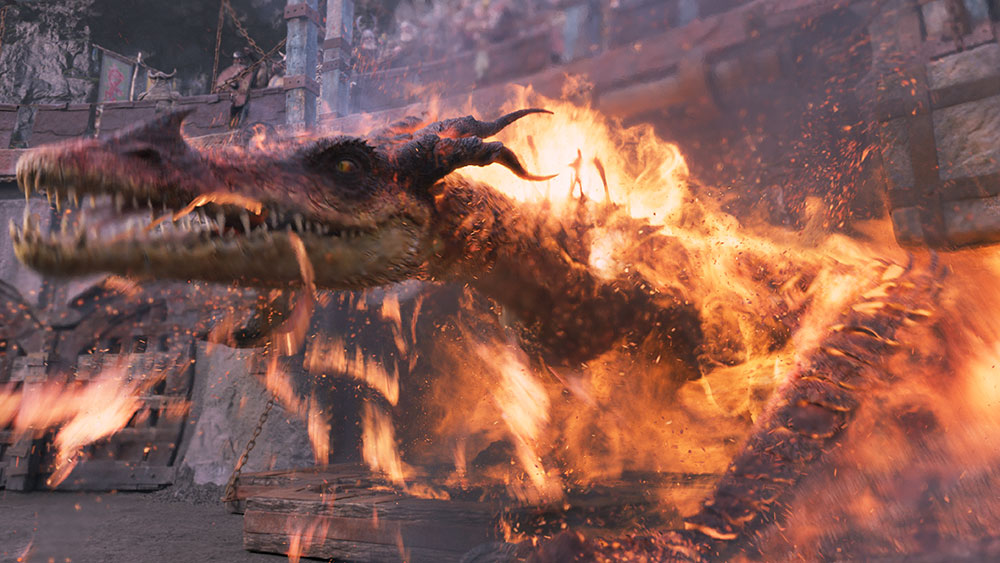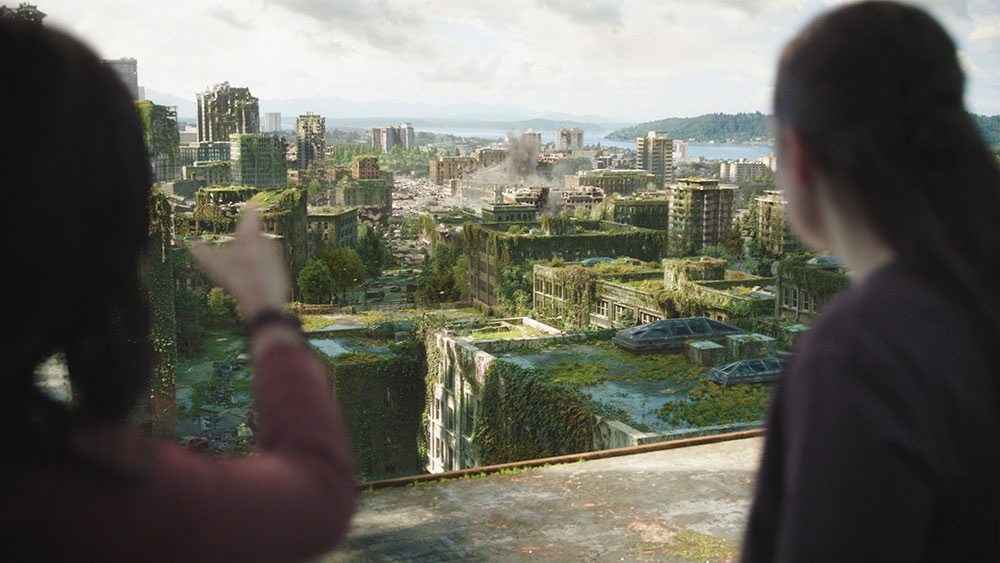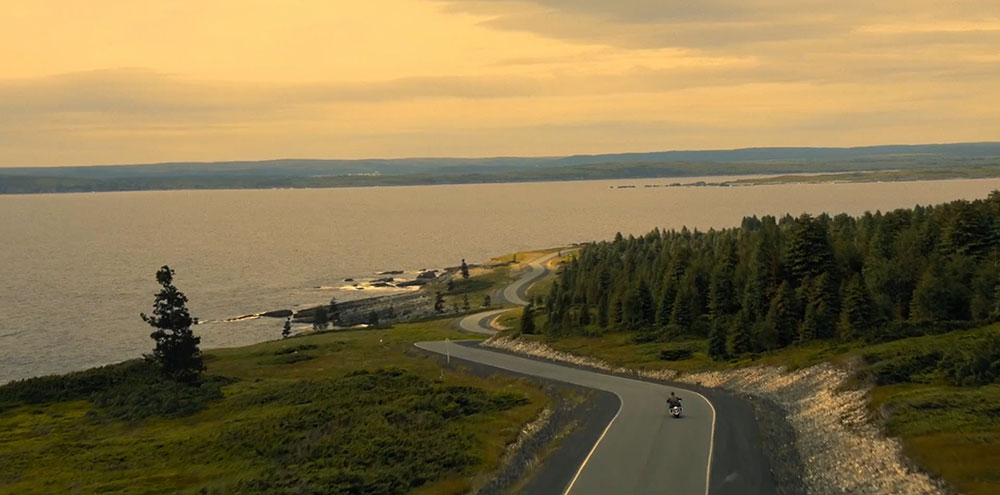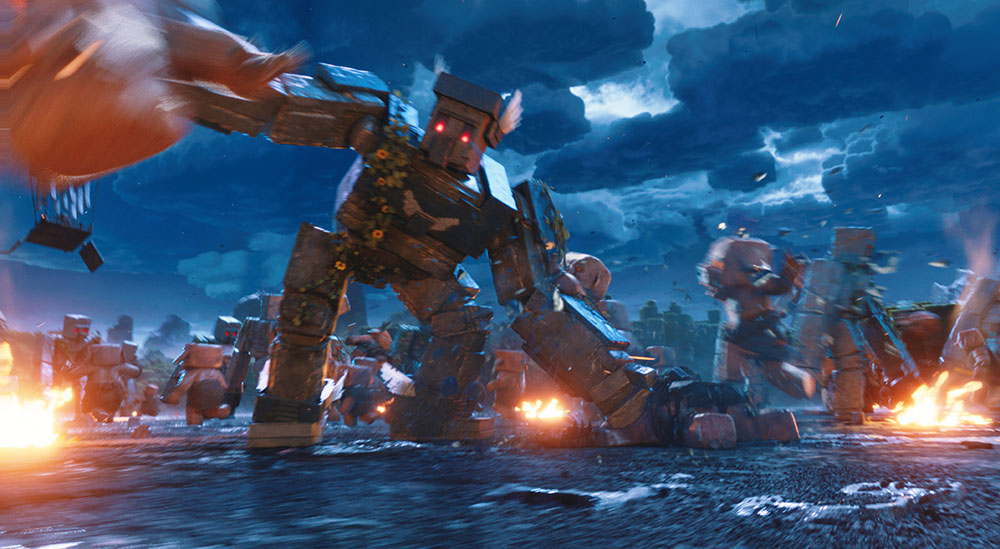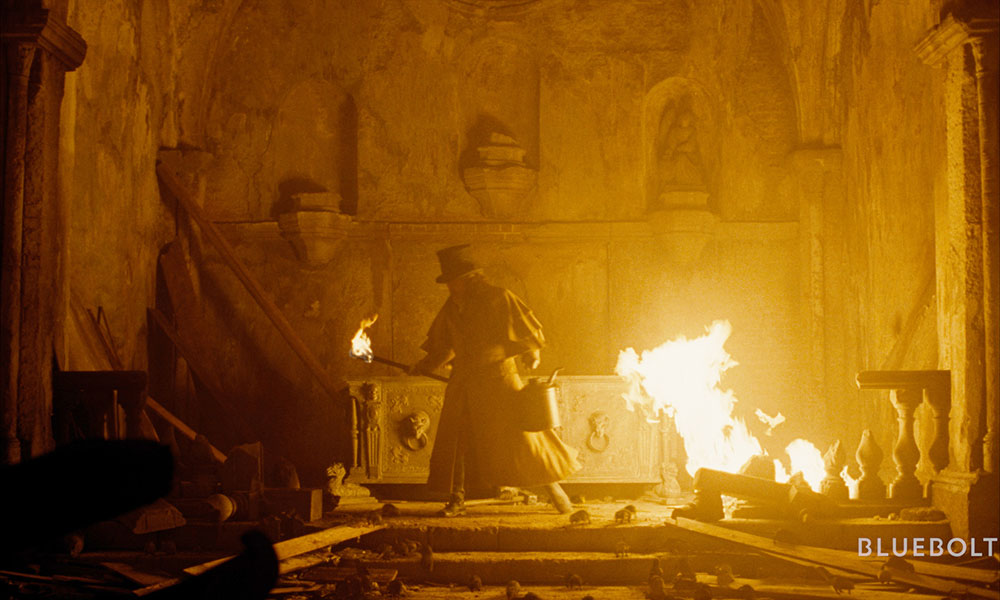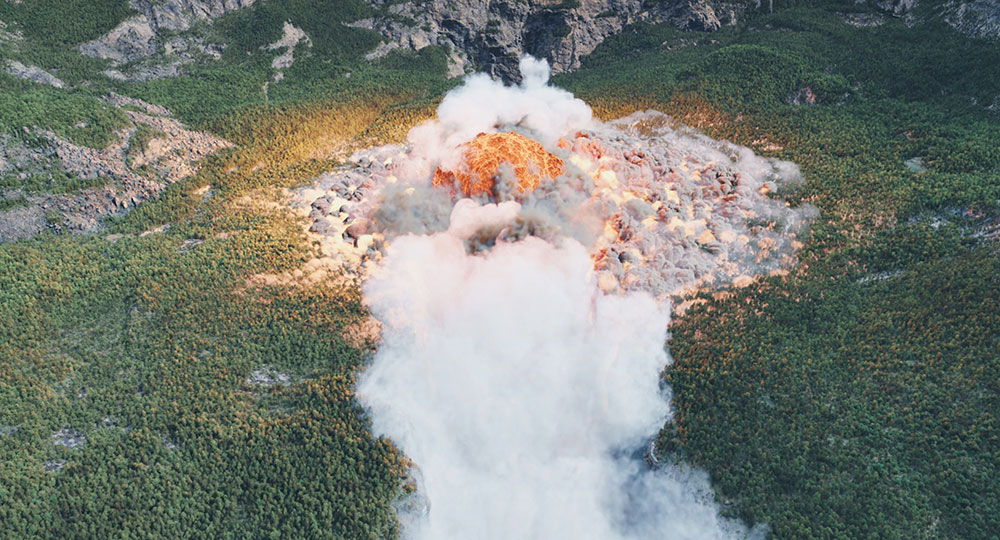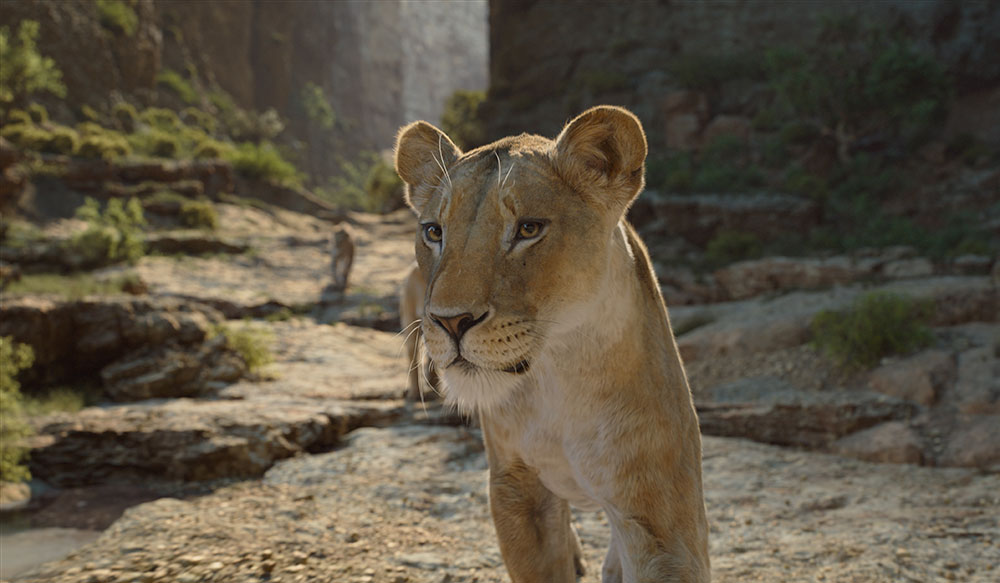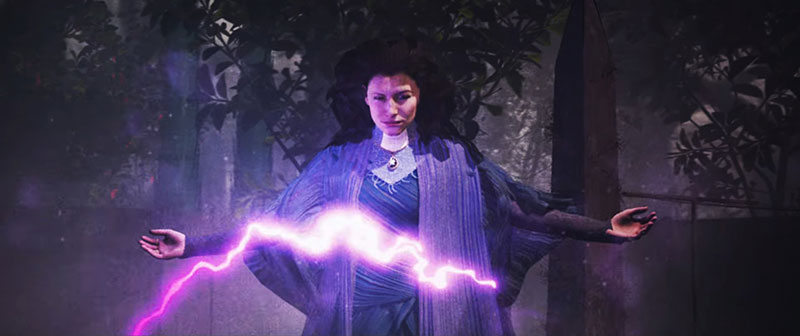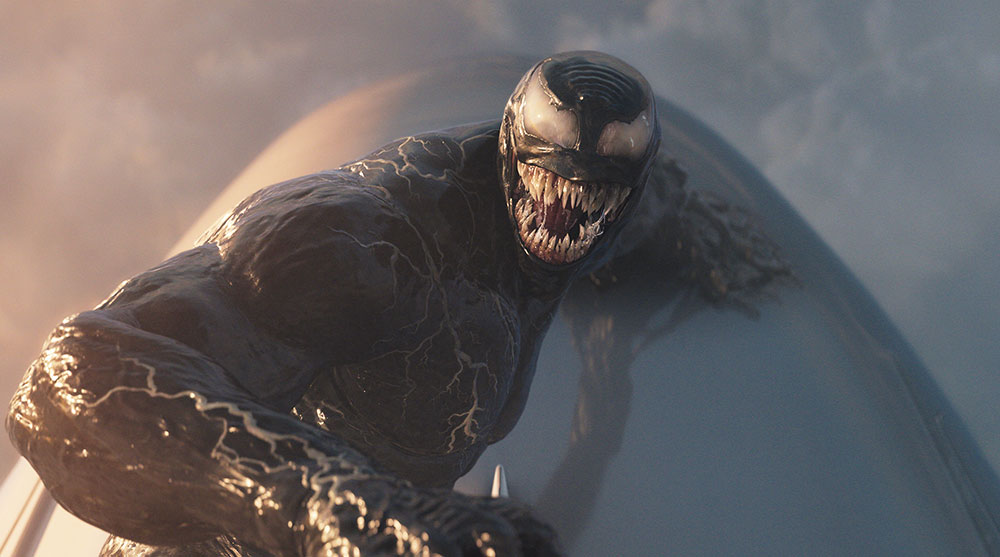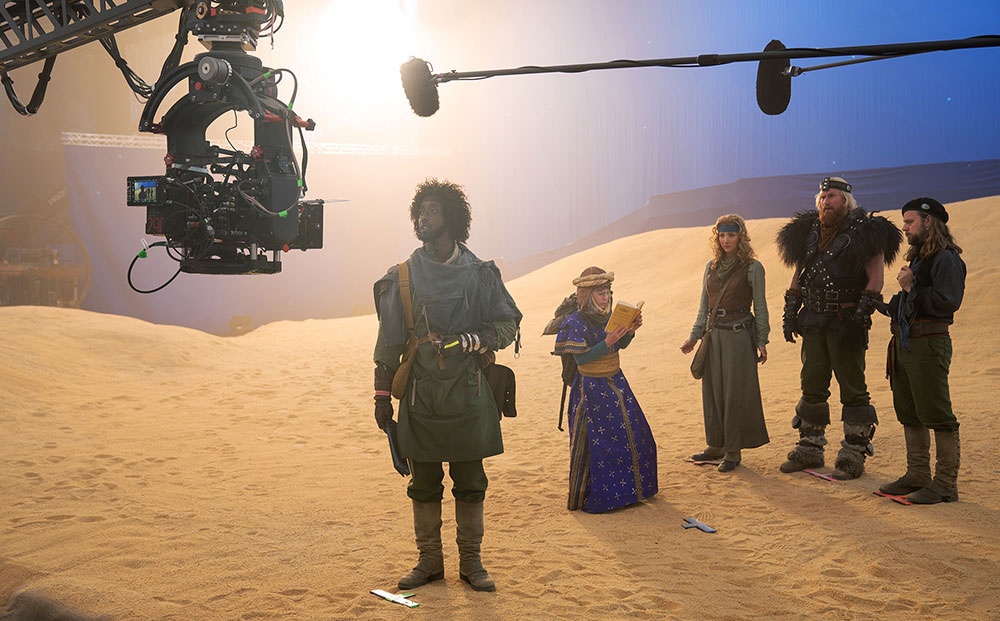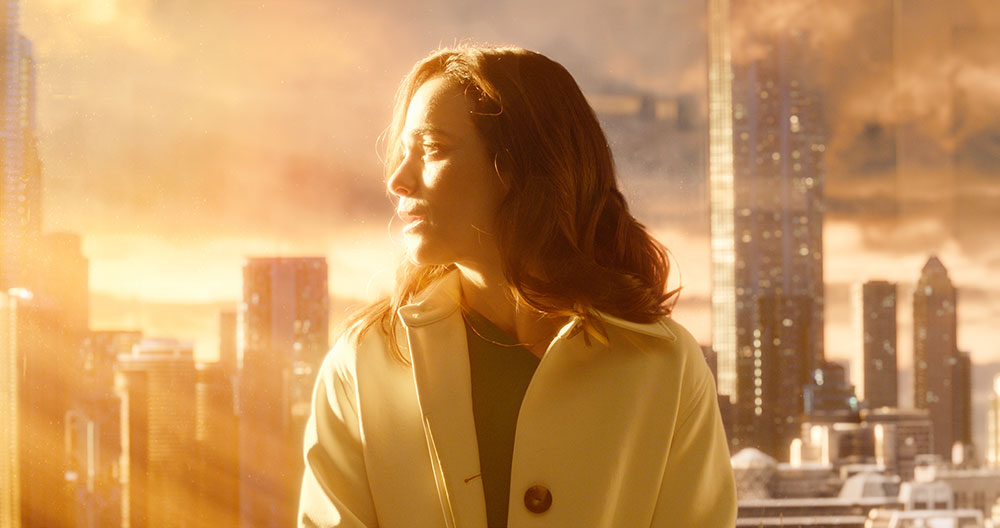VFX Supervisor Michael Cliett talks about building the visual world of ‘Shōgun’, ensuring the authenticity of the environments, armies and water FX behind the historical drama.

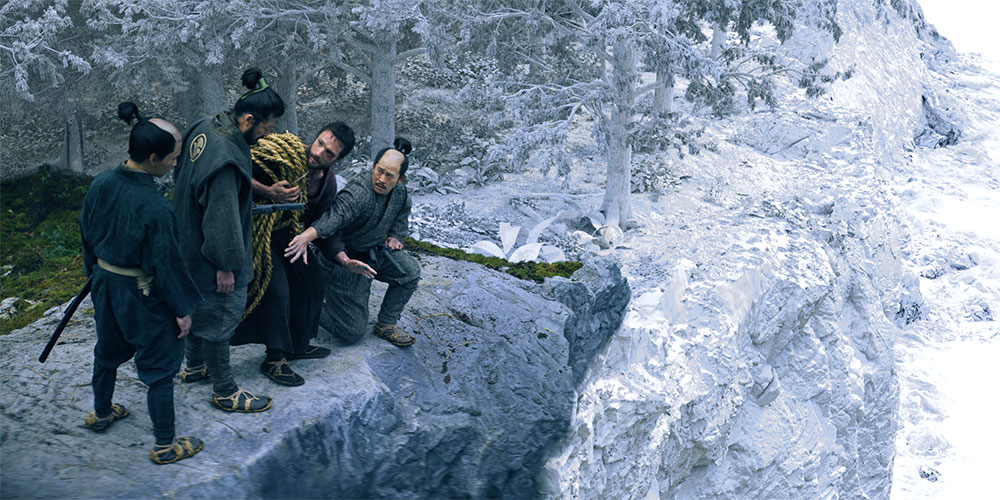

Important Looking Pirates
Michael Cliett is the VFX Supervisor responsible for the new 10-episode television series ‘Shōgun’, based on the 1975 historical novel of the same name by James Clavell. Its story takes place during the Sengoku era, 17th century feudal Japan, and follows the conflicts between the English sailor John Blackthorne, who is shipwrecked in Japan, the powerful Lord Toranaga and his various political rivals.
Michael was introduced to the original Shogun story by his father when his family was living in Japan. “We watched the 1980 series, adapted from the same book, together on VHS. It was at that time I started to love everything Japanese – the culture, history, landscape, the food. All of it captured my attention and imagination, and ‘Shōgun’ was essential to that memory,” Michael said.
Japanese Perspective
“For that reason, the opportunity to be involved with this new series was an exciting prospect, especially since it was going to be more than a re-telling – it was a chance for the producers to bring something new to the story. There are many differences between the two productions. Mainly, the Japanese perspective became a key element of the script and story.”
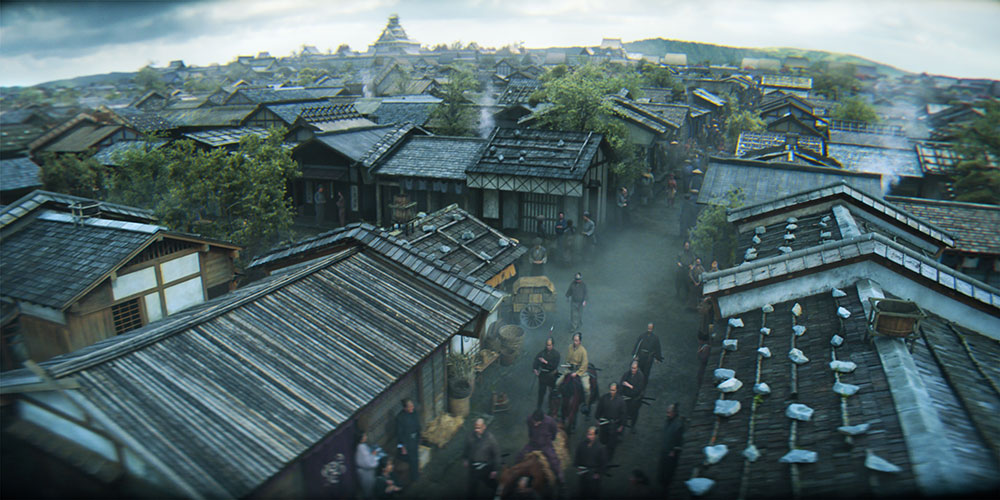

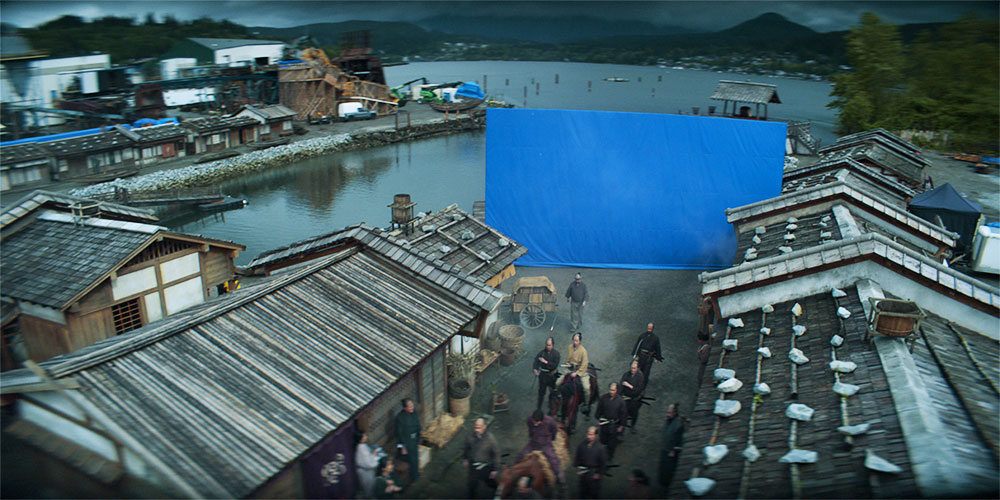
SSVFX
While the earlier series had lacked subtitles for the Japanese dialogue, leaving the audience with only the interpretation of the main character John Blackthorne, this time subtitles were included. The script spent more time with the Japanese characters as well, building on their individual character arcs.
The visual effects aim to do the same – to serve the story and the characters and to immerse the viewer into the world of the Sengoku era. Michael talked to Digital Media World about building the world in which the story unfolds – the historical and cultural research, the team of artists he pulled together, and the techniques they used to draw the audience into that world.
Preparation
The whole series was shot in British Columbia, Canada, calling for a considerable environmental transformation in post. “The show required a huge amount of environmental work, but we didn’t want the audience to be aware of any of that,” said Michael. “We brought on seven vendors – Important Looking Pirates and Goodbye Kansas in Stockholm, SSVFX in Dublin, Refuge VFX in Portand, Oregon, Barnstorm in LA, Pixeloid in India and Render Imagination in Vancouver, who worked on concepts. Some of these teams contracted work out to other vendors as well.”
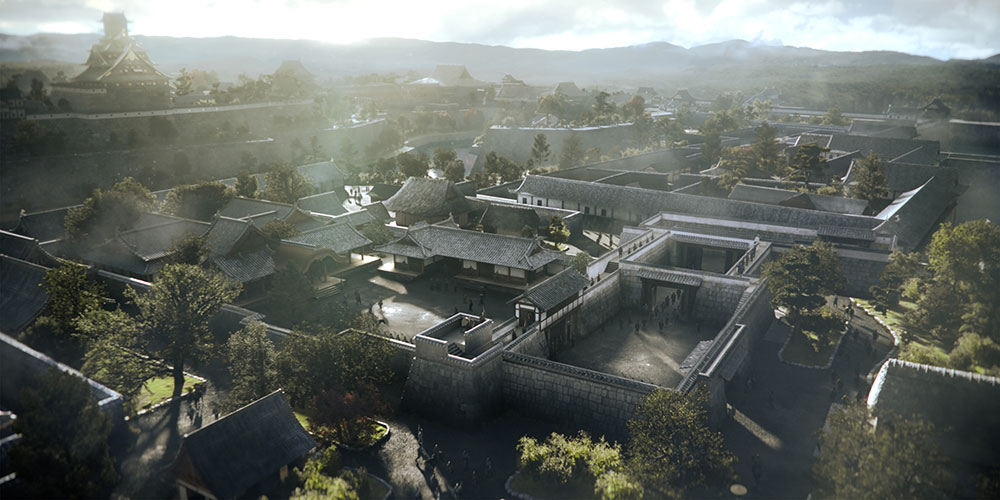

SSVFX
He also had a team of VFX producers and coordinators working with him in Vancouver, where the production was based. He said, “Everyone was very committed to this show, and cared a great deal about the result. Personally, I was involved from very early on, from a stage when the production was simply three or four producers, and me.” Once Production Designer Helen Jarvis was taken on, nine months of preparation followed before the director for the pilot was hired.
That time was spent finding shoot locations and shot planning, including deciding which scenes to shoot as live action and which as VFX plates. Research was intensive and involved talking to advisers and historians in Japan. Michael noted that the Sengoku-era is very well documented in Japan, but not all of the information available is entirely accurate. They sifted through piles of material, which became a team effort among all departments as more staff joined the production and tasks fell into place.
Authenticity
“The production was extremely concerned with accuracy and authenticity,” he said. “Frederik Cryns, Professor of Japanese History at the International Research Centre for Japanese Studies in Kyoto, considered a world authority on this period, helped us separate out the facts from the legends. Even the language used is antiquated and literary, for example, sounding to Japanese people similar to the way that Shakespearean plays sound to English-speakers.

Refuge VFX
“The same approach was applied to city design and construction and castle architecture. All settings – Edo (Tokyo), Azuchi, Osaka and Osaka castle, and many others – were real places and had to be historically accurate. The characters’ costumes, moves and gestures were critical. All of the actors and extras had to know exactly what to do and how to behave – how to hold objects, for example, from swords to tea cups in a highly stylised way. For a key sequence involving a tea ceremony, the actors studied with a tea master to get every detail right.
“The production really wanted Japanese people at home to to see the show and feel that all was correct and authentic. The response to our efforts has been satisfying.”
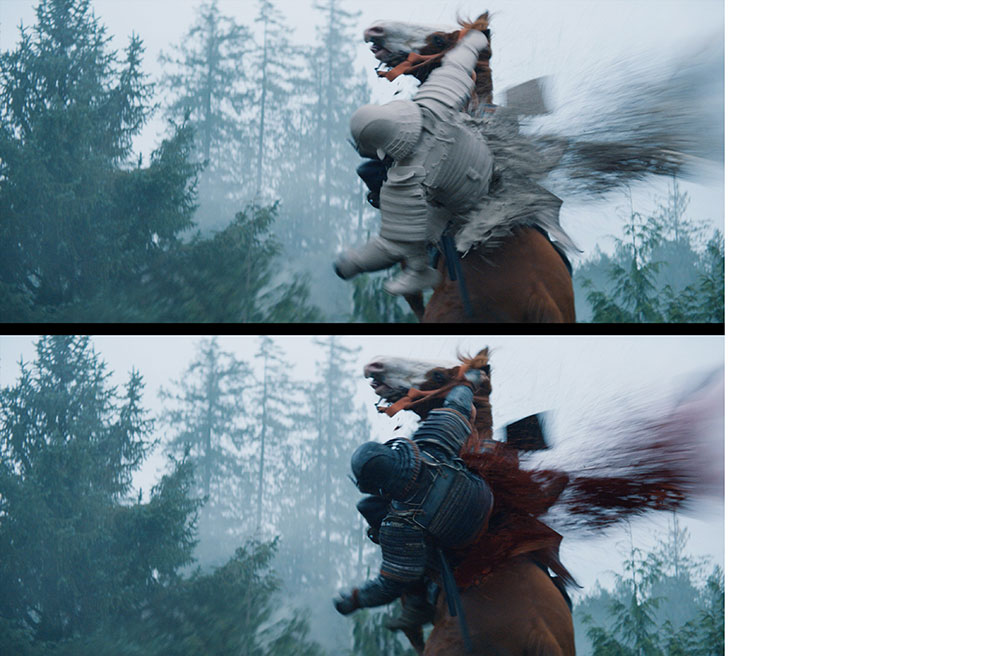
Refuge VFX
Research… and More Research
Several castles are featured, but because none of them currently exist, the teams’ research involved looking carefully through period artwork to find the best depictions of cities, city structures and the actual castles appearing in this story.
Museums in Japan were further sources of visual information. History museums sometimes had models or maquettes of what Osaka, for example, looked like in those days. They found one of Osaka castle showing the layout, which could be photographed in detail for accurate reference.
“I had planned to go to Japan myself with a second unit to do visual research, shoot plates and so on,” said Michael. “But Covid caused the Japanese border to open and close several times and costs changed frequently, making it hard to plan a trip. But fortunately, the Japanese people we contacted were very interested and helpful. A number of advisers actually came to visit us in Vancouver, including a Samurai movement adviser, another for gestures, others for historical details in the environments.” During the shoot, he operated from Vancouver. For post, he moved to LA temporarily to help finalise the edits, then returned to Vancouver.
Environmental Transformation

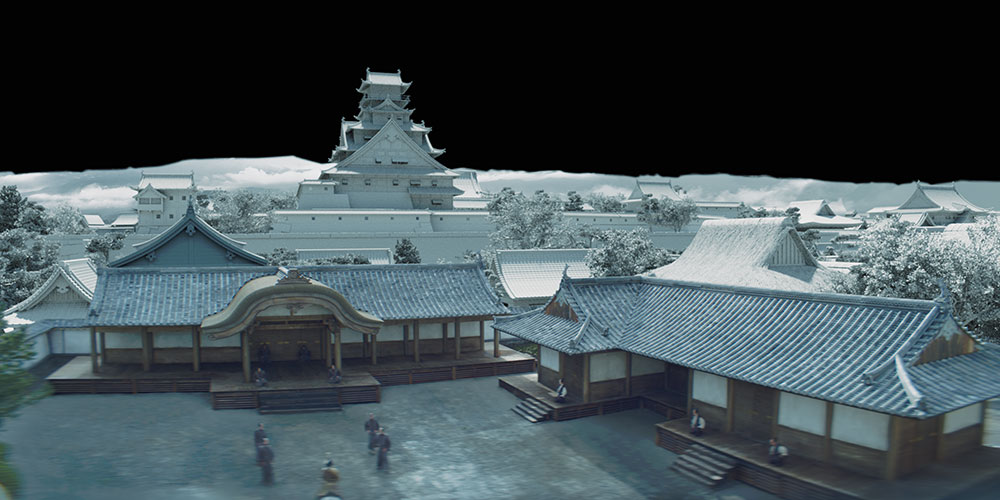
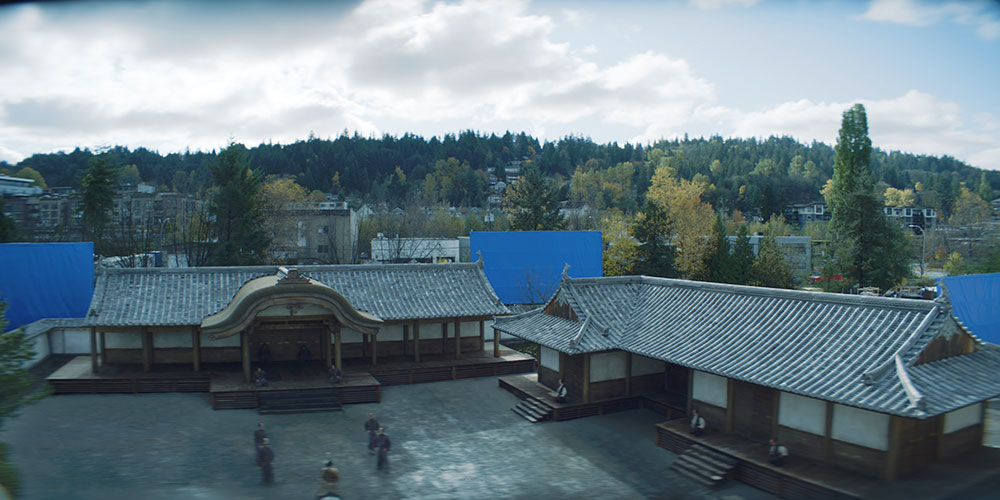
SSVFX
Across all VFX teams, the artists needed to make immense changes to the landscapes recorded in the plates. Almost every exterior shot has been touched by VFX, adding up to at least half of the show. For the most part, the show’s environments had to be built out as 3D assets, as nearly all of them appeared and re-appeared in multiple scenes, with different camera angles each time. “So much 3D work was needed for every environment. We wanted to pull viewers into the scene and really let them focus on the characters and the action,” said Michael.
The physical set builds also weren’t extensive. For Osaka, a major setting, four or five streets in the merchant district were built up, but only represented about 1% of the city as it was at that time. For Osaka castle, the artists built one complete courtyard in detail, plus three generic courtyards surrounded by stone walls. From these, they could represent the rest of the castle in establishing shots set at different angles, re-purposing their courtyards as the different locations in the story.
“Digital matte paintings weren’t going to be the right approach for environments because we needed to account for too much parallax. For a cliff scene from Episode 1 when the characters are searching for the Spanish sailor Rodriguez, they look out to sea in all directions as they approach the cliff. The entire environment – ocean, water, waves and rocks – all had to be built in 3D because we were shooting in a field on a ‘cliff’ positioned two metres above a bluescreen – not near the coast at all. This environment was used for scenes shot at three different locations,” Michael said.

Important Looking Pirates
“Various sequences showing the characters walking up to a castle would also be staged in the middle of a field in which the actors were walking toward a 120ft blue screen that would later be replaced with a full castle and environment.”
Michael could share many other examples of this kind of work. “In episode 8 when a huge army of 12,000 soldiers is moving into Edo across period rice fields, we can see woodlands and Mt Fuji in the distance and, by turning 180°, see Edo across a bridge over Tokyo Bay,” he said.
“But this shoot took place in a cornfield outside Vancouver, with about 100 actors and extras. A full 120ft x 40ft bluescreen was placed where the city would be. Everything, from the rice fields to the soldiers to the water, had to be added in post. Many scenes across the series needed a full environment treatment like this, and every camera move would call for more effects to fill the view.”
After the 10 month shoot, post production continued for another 18 months, due mainly to the effort that went into refining the edit. Once the edit was locked, the vendors completed the effects work according to a pre-established timeline – with no budget for extensions.
Creating a Look
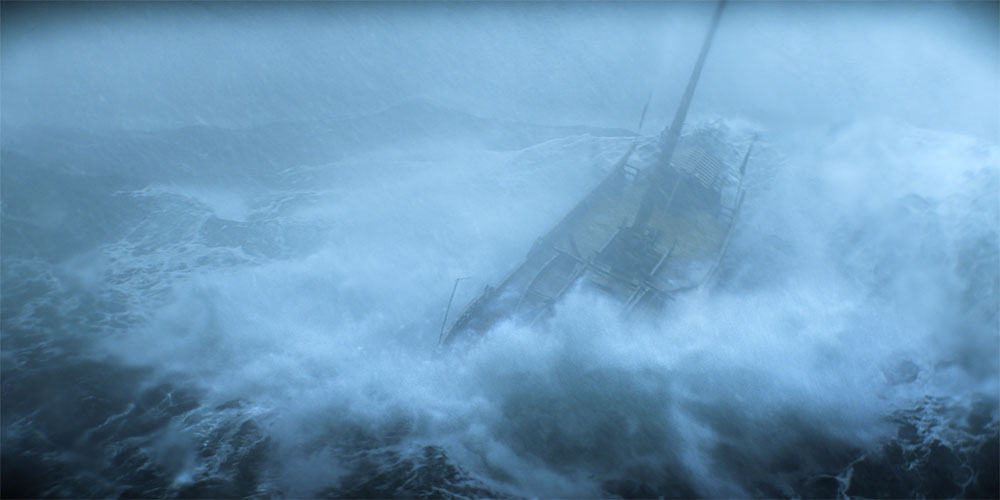
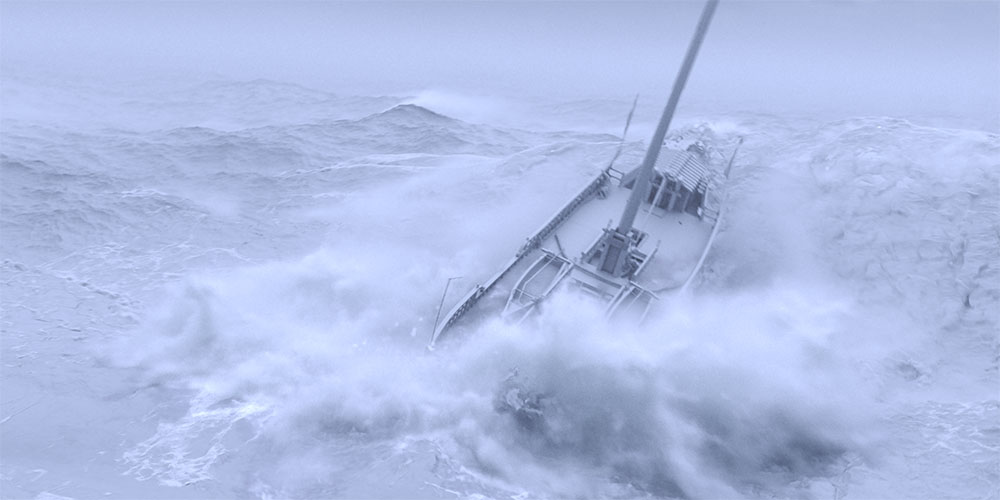
Important Looking Pirates
Michael described how the world viewers see on screen was really the work of several groups, based on the script. The Production Design team created the visual design concept, the effects artists built the digital assets making up the environments, and the DP gave the production its look through lenses and lighting. For instance, the VFX teams invented the world of Edo, but all of their work stemmed from those two other sources for coherence.
The lenses were a creative choice made by DP Christopher Ross and director Jonathan van Tulleken who worked together on the first two episodes. They chose older anamorphic lenses with a blurred vignette that produced beautiful images, but presented a challenge at the post end of the project. For certain shots, the VFX team might remove 90% of the frame content and reconstruct it in order to create an effect over the top of the image. Or, when the lens distortion was too severe, they might remove it altogether before starting their work.
In such cases, and for scenes shot later in the series with spherical lenses, the effect of the anamorphic lenses usually had to be restored. “We were keen to maintain the special look of the first two episodes, even after the original director and DP had moved off the series, not only for continuity but also because it had given the show its distinctive atmosphere,” said Michael. “To ease the process, a couple of the vendors created a node in Nuke that would apply the original anamorphic distortions.”
Building Armies

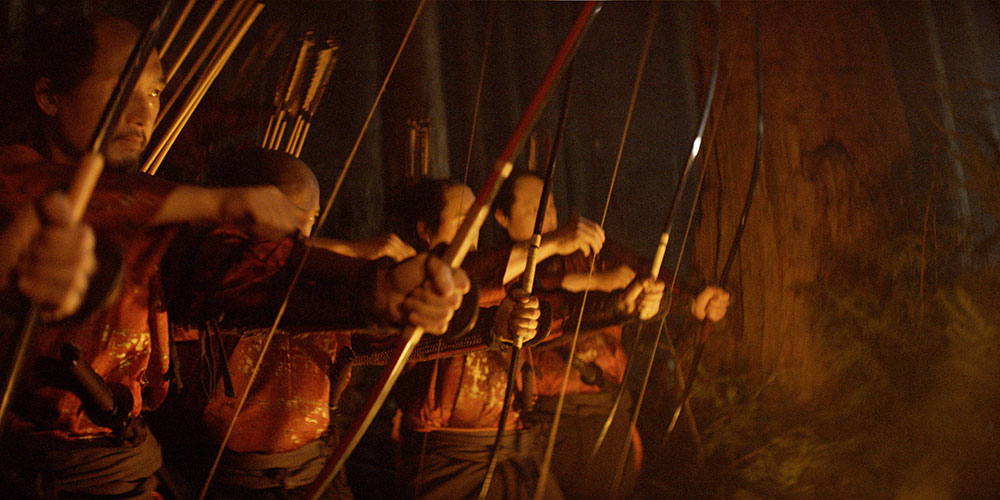
Barnstorm
“After those extensive environments, all types of water FX, CG ships and crowds of soldiers making up the armies were the primary effects our artists were responsible for. Creating armies involved placing 3D soldier assets close to camera and directly behind the live actors in the plates. The blend between them had to be invisible. The training sequences also needed CG soldiers planted among the live ones.
“It was a tough call. Crowd simulations were avoided because the procedural approaches we tried typically resulted in inaccuracies such as characters walking through each other. Instead, we recorded many different motion capture sessions to animate the soldiers and built the army by hand.
In Episode 3, the ship race out of Osaka was their largest, most complex sequence. “This sequence alone encompassed several hundred VFX shots. The ships were completed as one-quarter practical builds and positioned side-by-side in a car park in front of a blue screen. One of these quarter-builds was placed on a track so that we could move the ships relative to each other, creating a jostling effect in camera. But we were nowhere near any water, and had no Osaka in the background. We scanned all of the main cast and built digital doubles of them to populate the ship decks as they sail past camera.Wider shots of groups of ships were almost always full CG. ”
Interactive Water
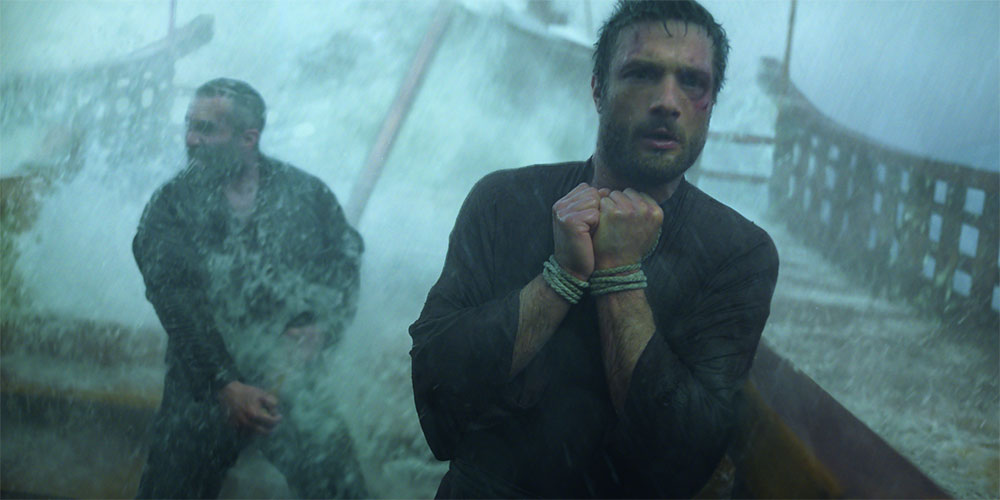

Important Looking Pirates
A wide variety of water effects were created, most of them involving interactions with other real and digital elements. When the Portuguese Black Ship passes through a fleet of patrol boats, for instance, it kicks up a great CG wave that overturns many of the boats and sends the sailors overboard, all of whom had to be digital.
“The vendor handling most of the water work has its own proprietary program that works amazingly well. A storm sequence for Episode 1 was a combined effort between the SFX and VFX teams. We started in post with a moderate level 4 storm comprised of practical water, and took it up to around level 11 with digital effects.
First, we scanned the practical ship set and used the data to produce a precise, complete digital replica of it, and then matchmoved that replica onto the set as it appeared in the plates. It gave us perfect 3D geometry for the CG water to interact with, to run off, splash and smash into. Wakes in front of ships and the beautiful waterfalls over rocks were created in the same way.”
Invisible
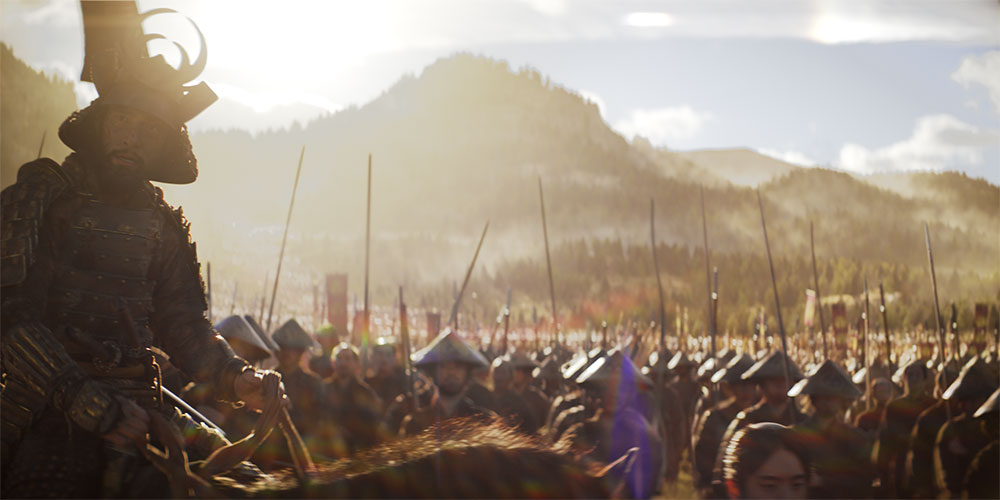
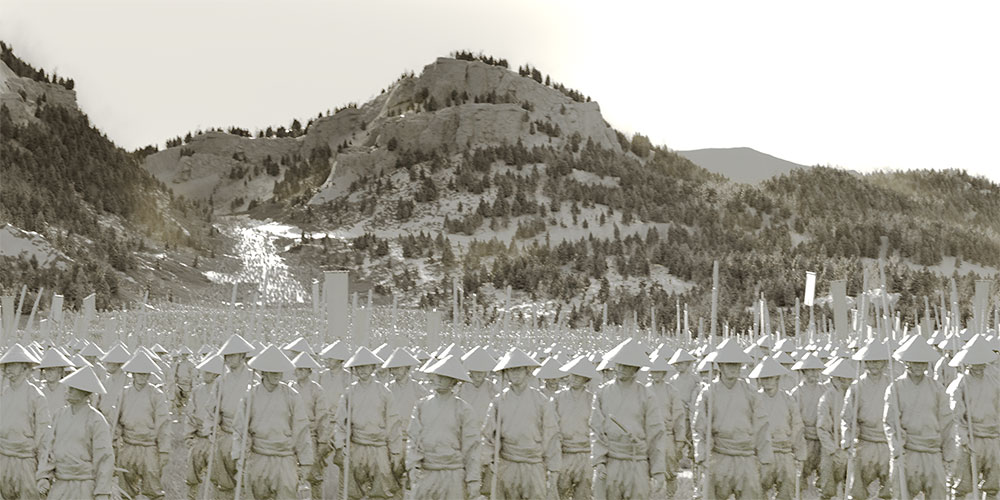
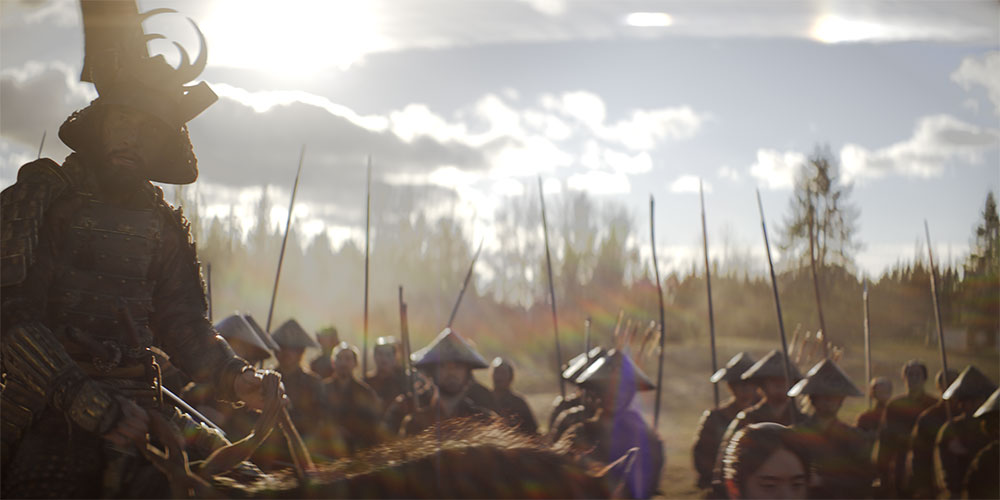
Important Looking Pirates
The artists took care of a lot of invisible work throughout the series, things the audience may not notice at first, but which become important later on – or things that should never really be noticed at all but which are important because of how they make people think about a certain scene and react to the drama. The training sequences in the fields where Blackthorne is training soldiers on the cannons are an example.
For Episode 4, the action was shot in an open area more or less flat in all directions. But in Episode 5, when Lord Toranaga arrives with his army and sets up camp, earthquakes occur bringing landslides down from surrounding mountains. So, those mountains had to be there for all shots in both episodes, turning an extra 100 or more shots into VFX shots with mountains in view at every angle.
Words: Adriene Hurst, Editor
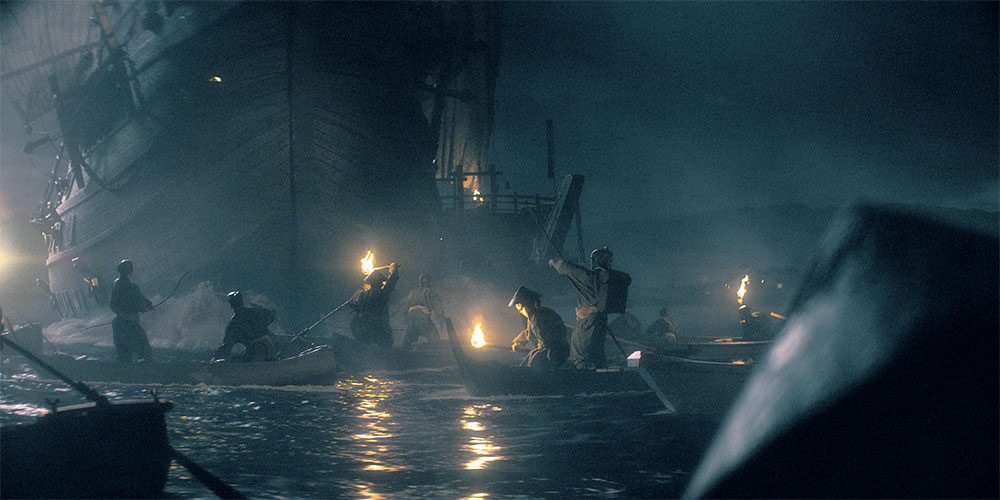
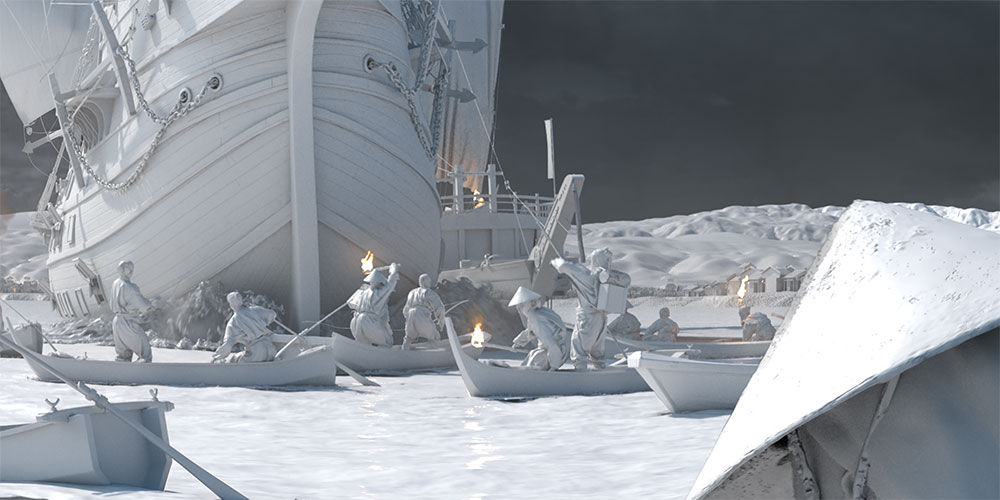
Important Looking Pirates




